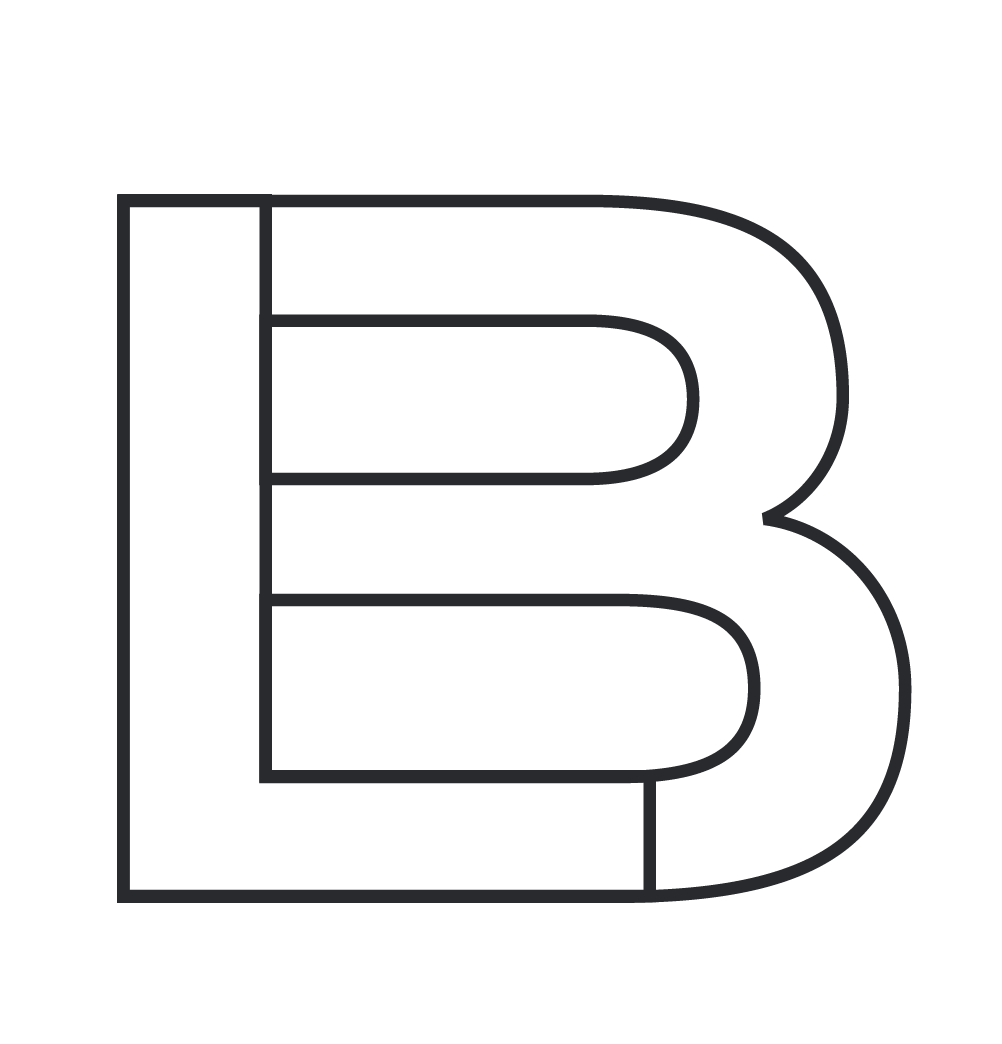Branding your business involves looking at three components: a value creation story, visual symbols, and a strong communications strategy. While most strategists focus on visual symbols, there is no point in developing graphic elements to represent you in the marketplace if they’re not tightly connected to your values as a brand. Aesthetic decisions should be the result of strategic business positioning, and not the other way around. Throughout my career, I’ve gone from studying branding from a business perspective (undergraduate degree), to a design management approach (MA), to consumer psychology principles. The process below shows the series of steps that I’ve incorporated into my brand design process whenever I work with clients. If you feel like it is right for your company, feel free to reach out here so we can explore ways to work together.

1. Research: Qualitative & Quantitative
This stage involves gathering insights using qualitative and quantitative data collection techniques. My team and I use mixed methods to explore the brand’s current state, possibilities, associations, and competitors. We design a set of personas that will serve as the main audience for the brand.
2. Brand Story Development
Using my Brand Storyboard (a proprietary method developed in the Lean Branding book), we co-create a value creation narrative that serves as the foundation for all subsequent design work. This narrative captures the brand’s main benefits, points of contact, and connection to the consumer’s own need/desire story.
3. Type and Color Studies
Based on the insights collected in steps 1 and 2, we study a range of options for typography and color choices to suit your brand’s intentions. These choices are evaluated thoroughly based on a set of criteria that allows us to weigh how beneficial each component decision would turn out to be for your brand.
4. Moodboard Development
With a clearer direction for type, color, and audiences, we are able to create a moodboard to synthesize the visual style that will serve as the foundation for brand symbol development.
5. Low and High Fidelity Prototyping: Sketches
Only halfway through the process do we actually start to conceptualize what the shapes, strokes, and lockups could look like for your brand’s visual identity. The reason for this is simple: there is no intentional branding without an initial study of the puzzle pieces involved. As mentioned earlier, jumping to sketches without refining the brand’s value story or considering research is a surefire way to sacrifice strategy for the sake of vanity.
6. Concept Refinement
With an initial set of low-fidelity prototypes in hand, we work with your team to select the most viable direction for this branding project. We use a set of pre-determined criteria and a proprietary decision matrix to help you make a more effective choice.
7. Visual Identity System Design
Here is where you will find many branding consultants starting, but in our process, this step can only emerge as the outcome of rigorous research, brand story development, and audience discovery. We conceptualize options for your selected visual symbol’s complementary patterns, imagery, iconography, type hierarchy, and other supporting graphics.
8. Applications and Sub-brand Design
Step 8 involves designing potential applications for the new Visual Identity System, including merchandising items, web design, stationery, packaging, social media branding, among other deliverables that may or may not be a part of your particular project.
9. Touchpoints: Personality, Voice & Tone
We develop a set of brand strategy guidelines that refer to the way the brand speaks and interacts upon launch. Specifically, we create principles around what the brand’s personality feels like, what the voice sounds like, and the various tones your team may resort to when communicating the brand’s message.
10. Brand Guide Creation, Asset Organization & Delivery
Strong brands rely on appropriation. You and your team must feel confident in deploying brand assets across the board, as well as communicating using the principles in step 9. That’s where a brand guide comes in: it helps everyone stay on the same page with regards to what’s acceptable and desirable in the process of promoting the brand. This document brings clarity so that anyone can own and apply the brand story, symbols, and strategy created throughout this process.
